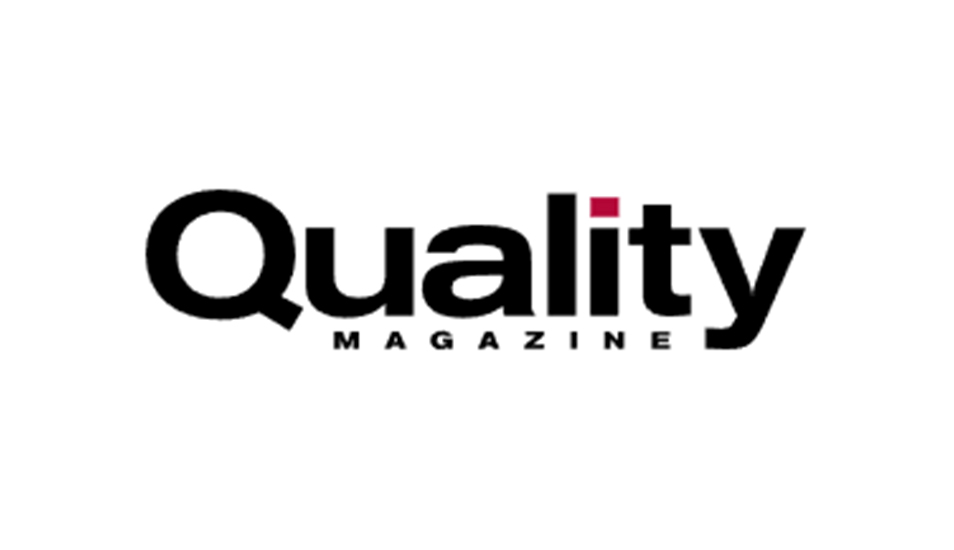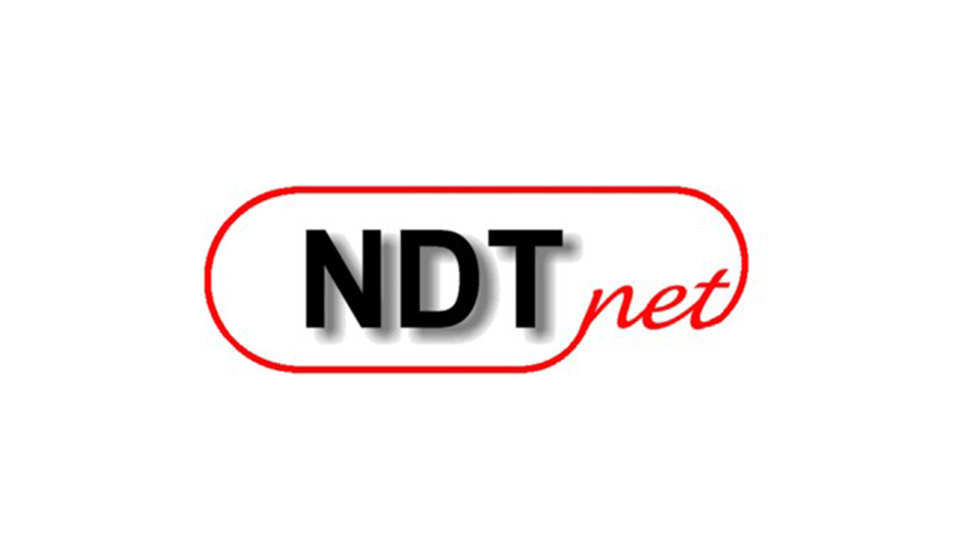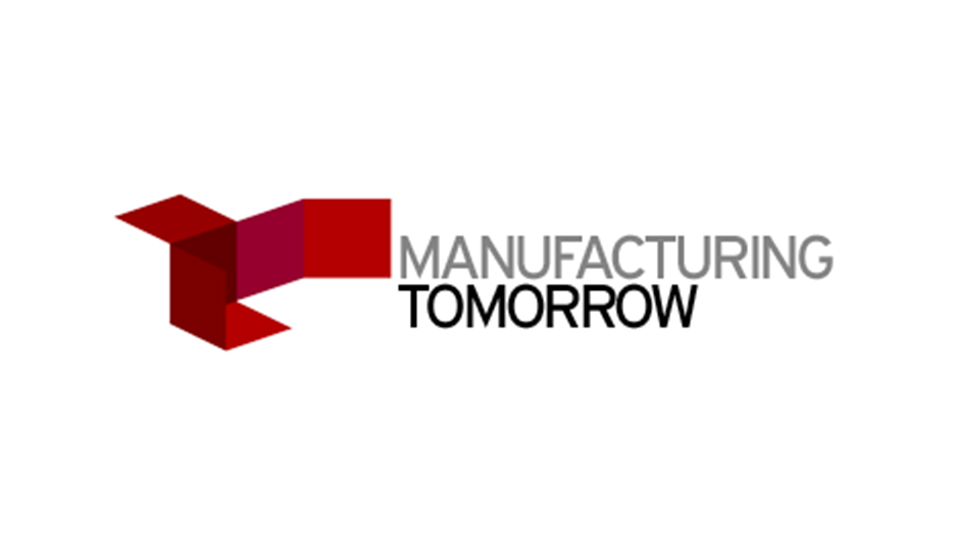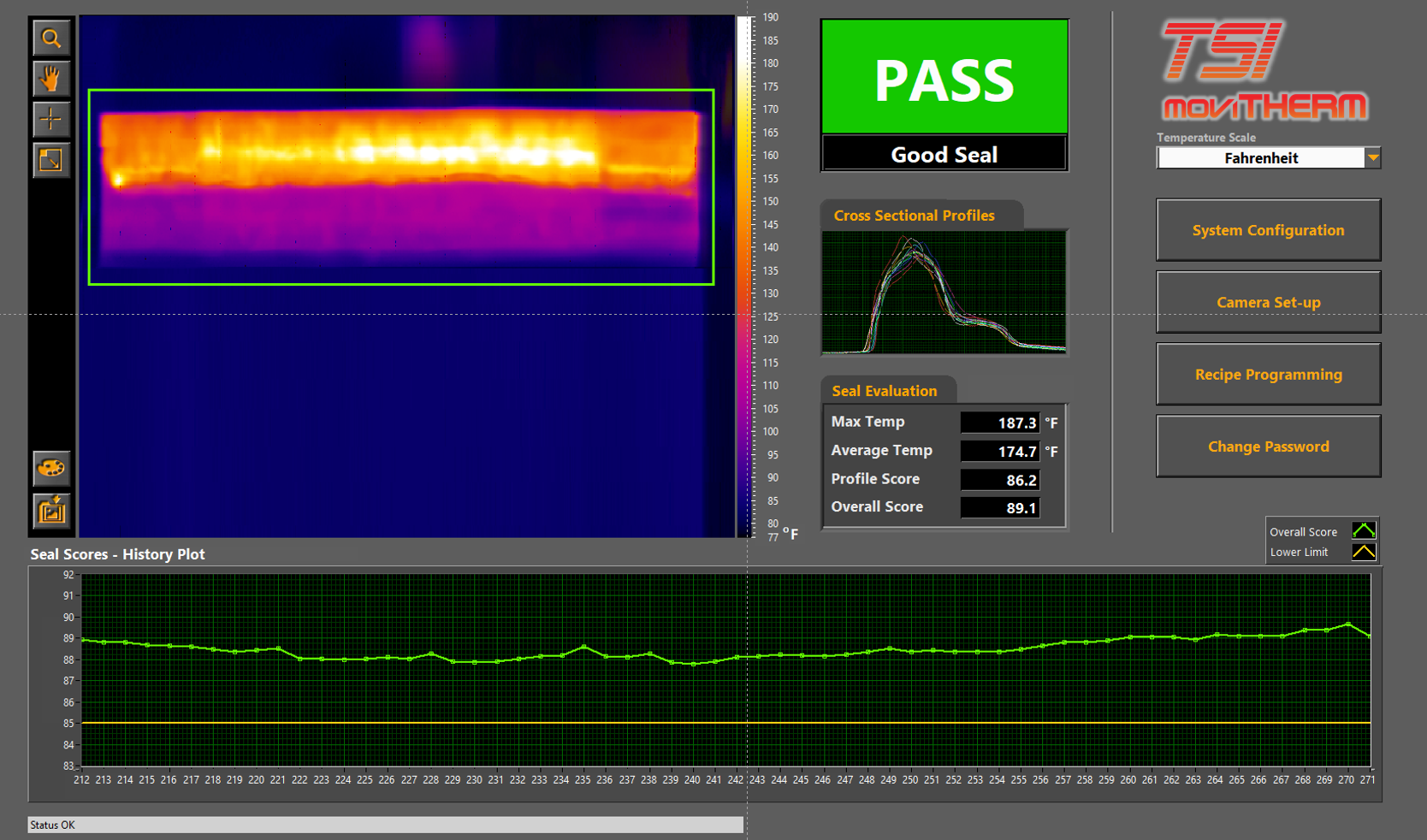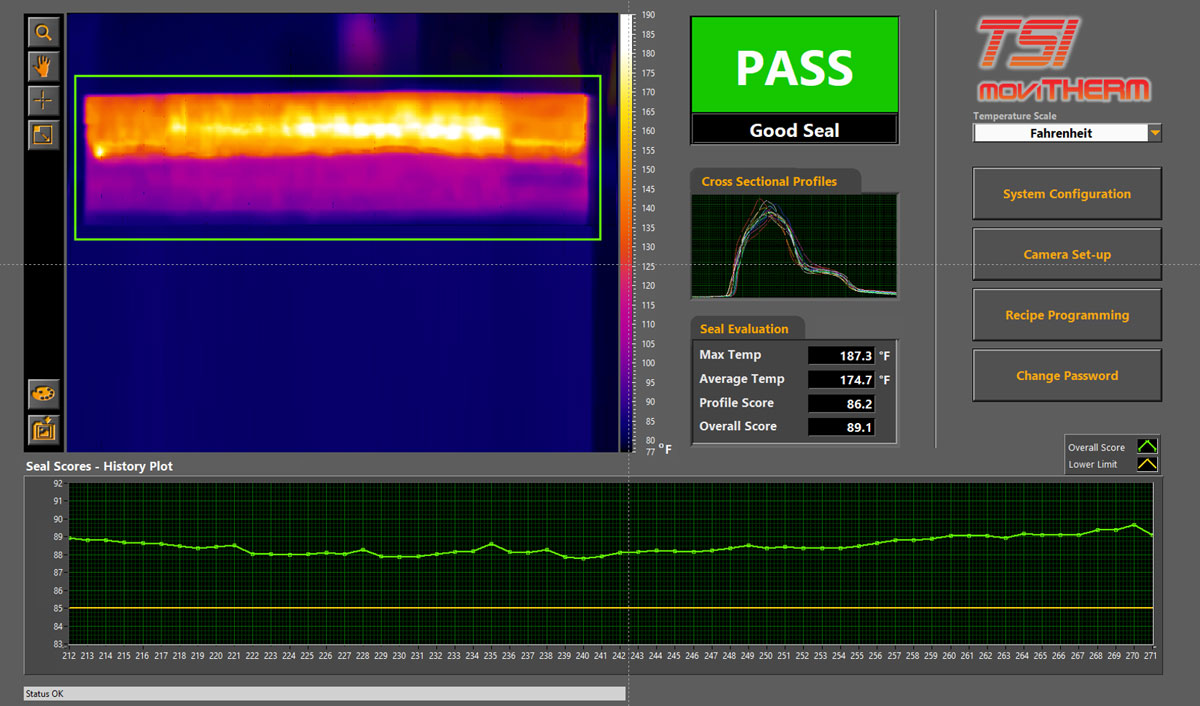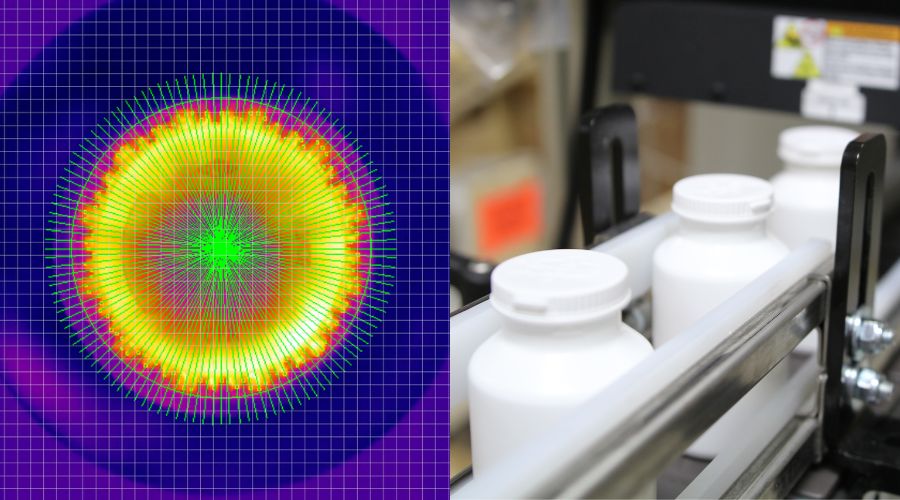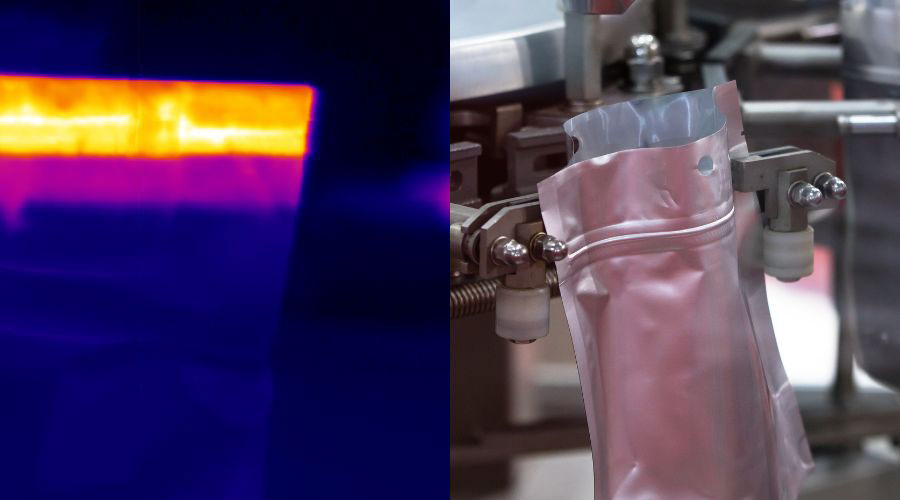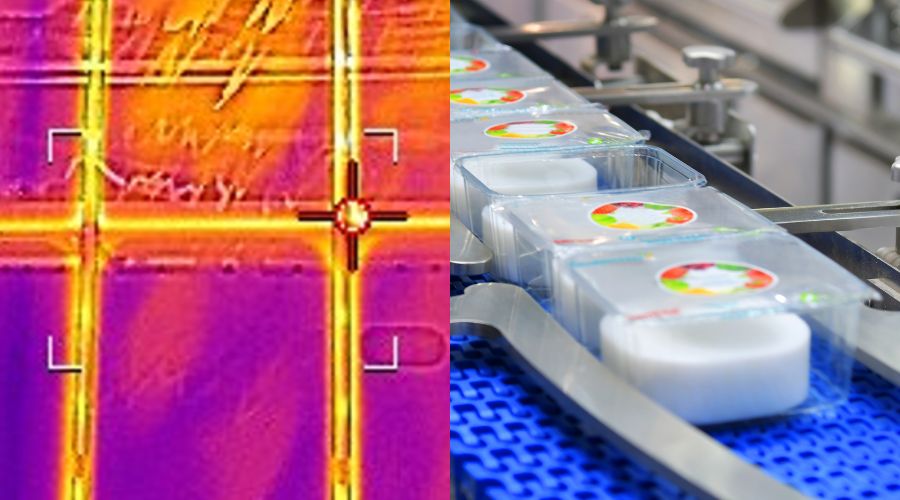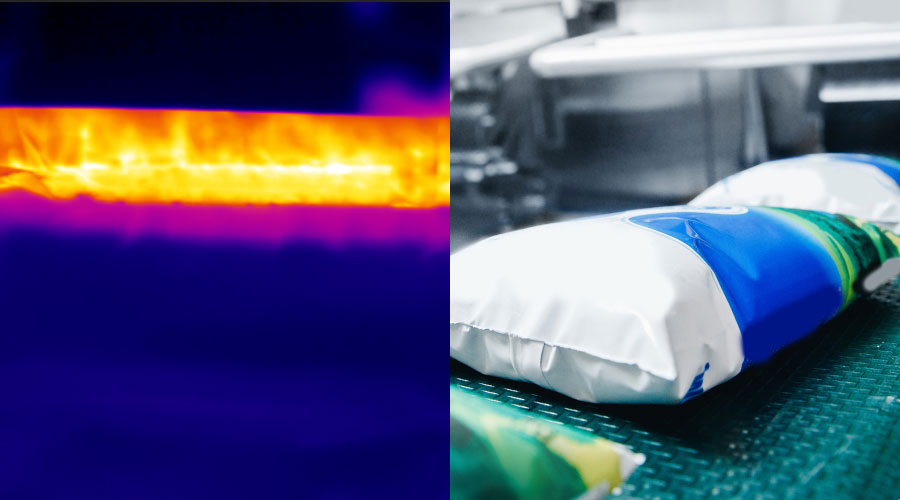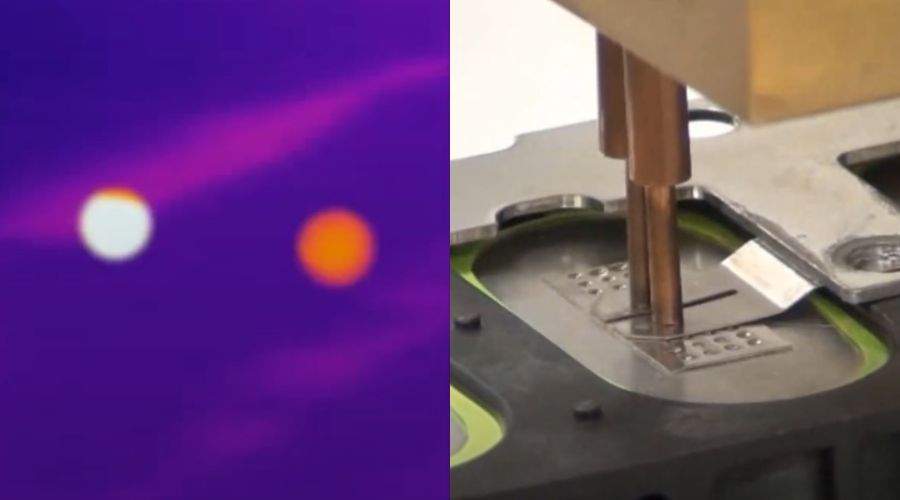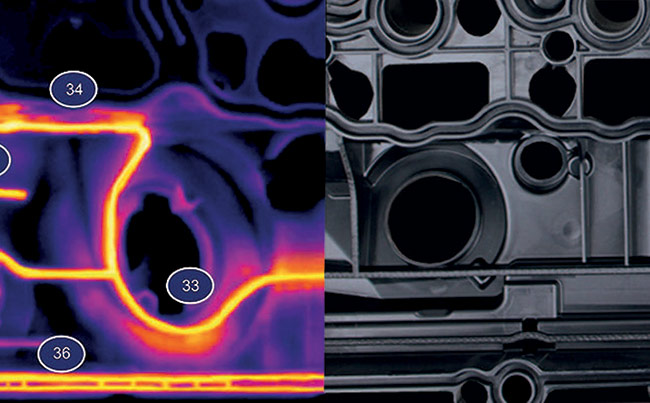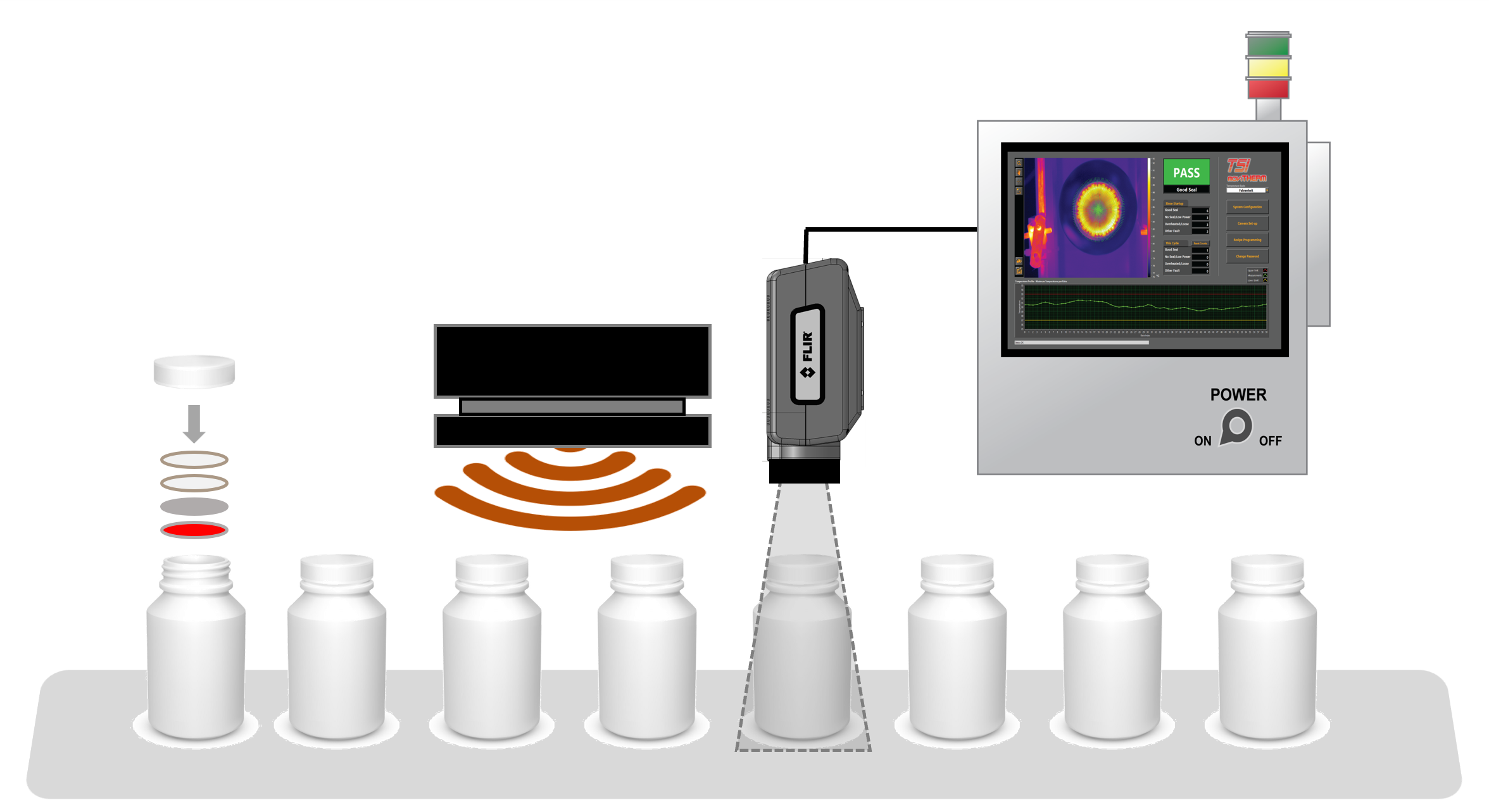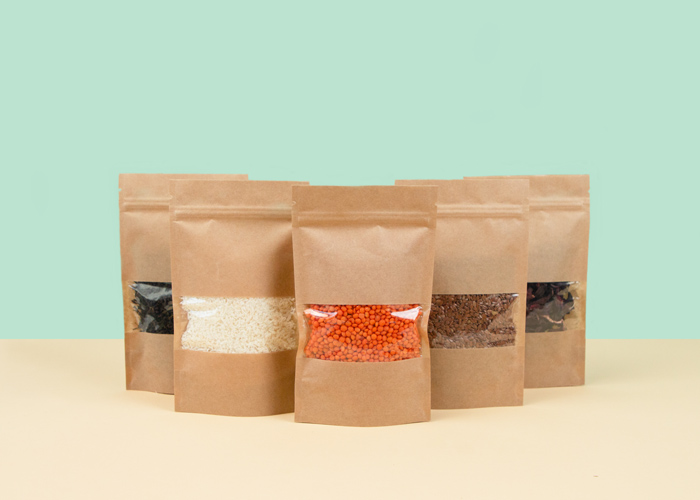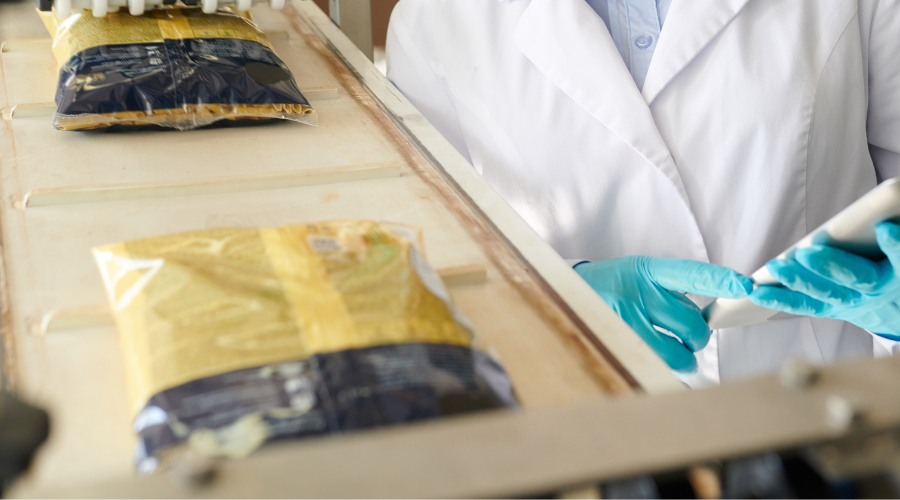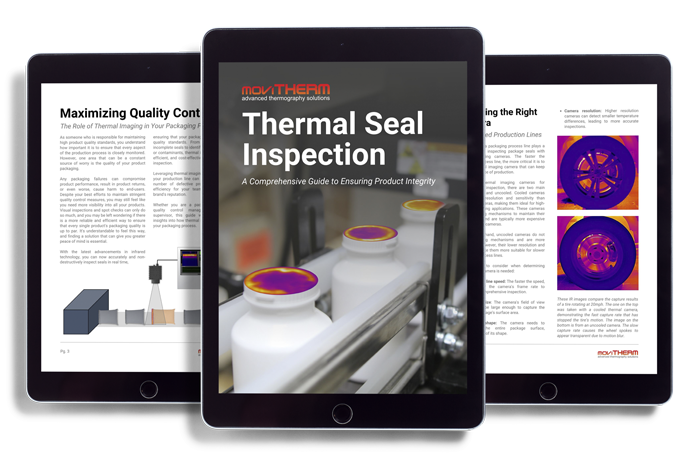Quality Assurance Inspection Solutions
Take Quality Control to the Next Level
Say goodbye to production errors and unreliable inspections with our quality assurance inspection solutions. Our system uses high-performance infrared cameras to accurately detect defects that other methods may miss. With easy integration into your existing production line, our solution provides real-time feedback and reporting on the quality of your products.
Quality Assurance Inspection Solutions
Take Quality Control to the Next Level
Say goodbye to production errors and unreliable inspections with our quality assurance inspection solutions. Our system uses high-performance infrared cameras to accurately detect defects that other methods may miss. With easy integration into your existing production line, our solution provides real-time feedback and reporting on the quality of your products.
Improve Seal Quality
Increase Efficiency
Protect Brand Reputation
Streamline Your Quality Control Process
Are you tired of costly and time-consuming quality control processes? MoviTHERM has the solution you need. Our thermal seal inspection system is designed to detect and prevent defects in heat sealed packaging before reaching the end of your production line.
Our automated system seamlessly integrates into your existing production line, eliminating the need for manual inspection and reducing human error. With our solution, you can increase efficiency, maintain a smooth production flow, and achieve higher productivity levels, all while ensuring accurate and consistent results.
Learn how thermal imaging is used for quality assurance inspection.
Types of Packages That Can Be Inspected
Thermal imaging can inspect seals in different types of packaging, including:
Benefits of Using Thermal Seal Inspection
Streamline Your Quality Control Process
Are you tired of costly and time-consuming quality control processes? MoviTHERM has the solution you need. Our thermal seal inspection system is designed to detect and prevent defects in heat sealed packaging before reaching the end of your production line.
Our automated system seamlessly integrates into your existing production line, eliminating the need for manual inspection and reducing human error. With our solution, you can increase efficiency, maintain a smooth production flow, and achieve higher productivity levels, all while ensuring accurate and consistent results.
Learn how thermal imaging is used for quality assurance inspection.

Types of Packages That Can Be Inspected
Thermal imaging can inspect seals in different types of packaging, including:
Benefits of Using Thermal Seal Inspection
Featured in
Thermal Inspection vs Other Methods
| Considerations | Thermal Inspection | Pressure Testing | Manual Inspection |
|---|---|---|---|
| Defect Detection | Comprehensive | Limited | Limited |
| Speed | Fast | Moderate | Slow |
| Automation | Fully Automated | Manual | Manual |
| Non-Destructive | Yes | Yes | Yes |
| Real-time Monitoring | Yes | No | No |
| Cost-effectiveness | High | Moderate | Low |
| Scalability | Scalable | Limited | Limited |
| User Skill Dependency | Low | Moderate | High |
| Data Collection | Automated | Manual | Manual |
Overview of the Interface
How does the system work?
MoviTHERM’s thermal seal inspection system uses infrared cameras to “see” the residual heat from thermal-based sealing processes. Characterizing a good seal by the temperature profile allows the system to reliably detect good and bad seals.


